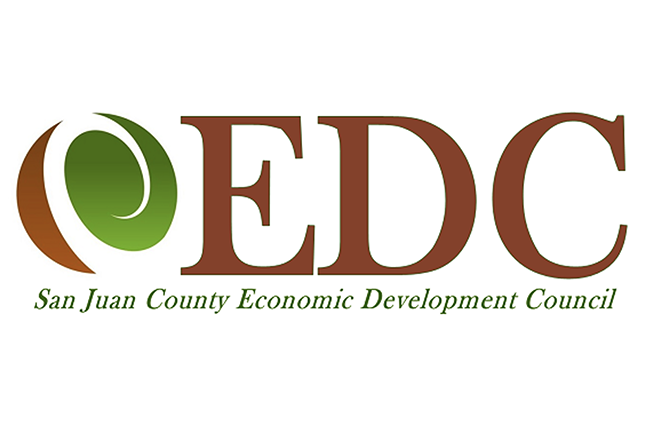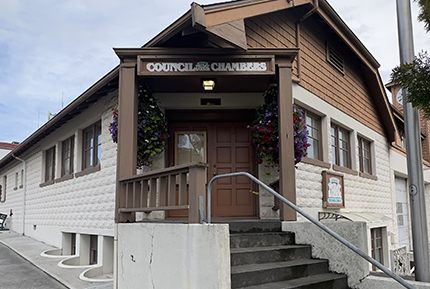Fair pay? Here’s what the Town of Friday Harbor pays its unionized employees now
Wednesday, February 5, 2025
by Jeff Noedel
Two Thursdays ago, attorney Nicholas Power, who works for Bellingham-based Guild of Pacific Northwest Employees (PNWE) Local 1909, took to the podium at the Friday Harbor Town Council to implore Town leadership to do everything in their power to prevent the Town’s 29 union-represented employees from becoming “the working poor in a community like this.”
In another set of comments in that same public meeting, citizen Kelly Martinez implied, twice, that the Town has offered a 2 percent raise in negotiations. Martinez said, “Two percent, I tell you what… My God, you walk down the street, you know, it’s not even fair for two percent.”
So SanJuans.Today started requesting documents from the Town. Are Town of Friday Harbor employees at risk of joining the ranks of the working poor? At the same time, SanJuans.Today is attempting to stay out of the negotiating process. For that reason, we have not asked the Town if the alleged or implied two percent offer is accurate.
Here are some facts about the current compensation of Town employees. The numbers represent current compensation, as expressed in year-end totals for 2024.
PNWE union leadership was offered a video interview with SanJuans.Today, but canceled that interview shortly before it was to occur.
Based on data supplied by the Town of Friday Harbor to SanJuans.Today:
- The Town employs up to 36 full-time positions and 1 seasonal. (The mayor and five council members are technically employees, but they are not included in the following data. For details about the pay for the mayor and council members, click here.)
- Of the 36 Town employees, 29 are paid by wages and overtime and represented by a union, and 7 are salaried (no overtime pay) management positions, and not union members.
- Because positions turn over, throughout 2024 the Town had 43 different people in those 36 positions. An employee vacated a position and it was filled by someone else. In 2024, 12 employees did not work the entire year, either leaving a job before the end of the year or starting a job later in the year. One of the 12 was a seasonal employee. 26 union-represented Town workers were employed the entire year of 2024.
- Town workers who are unionized are employed in 7 divisions or departments. They are: Community Development & Planning (3 union employees), Public Works (1), Finance (3), Utility-Water (7), Utility-Wastewater (4), Utility-Streets & Parks (4), Refuse (4), plus one facilities manager, one custodian, and one parking enforcement employee.
- All told, the Town paid out $4,047,721 in compensation through the 36 positions — including wages, overtime, employer-paid insurance, and retirement contributions.
- Of the $4,047,721 paid to all Town employees, $1,021,936 (25.2%) was paid to non-union executives, while $3,025,789 (74.8%) was paid to union members.
- In addition to the $4.047 million dollars paid as compensation, the Town spent an additional $281,656 in required payroll taxes.
- Union-represented Town workers’ total compensation (with benefits) in 2024 ranged from a high of $143,130 (with $15,019 of that being overtime) to a low of $79,817 (which included $212 in overtime).
Stripping out the overtime, paid insurance premiums, and retirement contributions, the core wage (also known as “regular earnings”) for Town workers ranged from a high of approximately $45.50 per hour ($94,640 annual) to a low of $27 per hour ($56,160 annual).
According to the U.S. Census Bureau, the annual median household income (MHI) for Friday Harbor is $57,885.
The U.S. Bureau of Labor Statistics defines the working poor this way: The working poor are people who spent at least 27 weeks in the labor force (that is, working or looking for work) but whose incomes still fell below the official poverty level.
Generally speaking, the poverty guideline for a family of three in the U.S. is currently at a wage of $12.81 and below.
To read more about the definitions of living wage vs. working poor, visit the “Living Wage Calculator for Washington,” published by The Living Wage Institute at the Massachusetts Institute of Technology (MIT).






